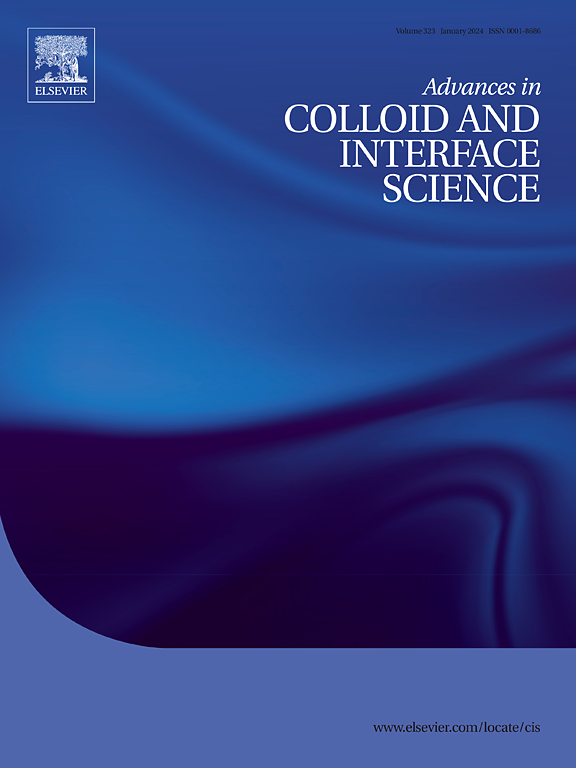Gum Arabic-protein coacervation: Recent advances for improved functionality and food applications
IF 15.9
1区 化学
Q1 CHEMISTRY, PHYSICAL
引用次数: 0
Abstract
Gum Arabic (GA), a safe dietary fiber known for its ability to modulate healthy gut microbiota and biocompatibility, is highly intriguing for coacervation with several classes of proteins. Coacervation between GA and proteins has gained significant interest for a range of food applications, particularly for encapsulation, emulsification, thermal stability, and sustained release of bioactive compounds. To date, the optimization process has preliminarily focused on pH and the biopolymer ratio. However, this alone is not sufficient to determine the strength of interactions and functionality. This review evaluates the conditions under which GA complexes with proteins, focusing on modifications in conjugation methods and structural changes in GA or proteins that enhance electrostatic interactions and improve functionality. The review highlights the potential of unexplored modified GA, which could improve coacervation with proteins, and explores its possible food applications, such as encapsulation and sustained release of bioactives, probiotic viability, edible packaging, 3D-printed foods, shelf stability, and gummy candies, illustrating the future growth of GA-based coacervates. It also addresses the digestibility, safety, regulations, limitations, and future prospects of GA-protein coacervates. In conclusion, the enhanced complexation of highly compatible GA with food proteins suggests promising scalability for various food products.

阿拉伯胶-蛋白质凝聚:改善功能和食品应用的最新进展
阿拉伯胶(GA)是一种安全的膳食纤维,以其调节健康的肠道微生物群和生物相容性的能力而闻名,它与几类蛋白质的凝聚非常有趣。GA和蛋白质之间的凝聚在一系列食品应用中引起了极大的兴趣,特别是在包封、乳化、热稳定性和生物活性化合物的持续释放方面。迄今为止,优化过程初步集中在pH和生物聚合物比例上。然而,仅凭这一点还不足以确定交互和功能的强度。这篇综述评估了GA与蛋白质配合的条件,重点是修饰共轭方法和GA或蛋白质的结构变化,增强静电相互作用和改善功能。这篇综述强调了未开发的改性GA的潜力,它可以改善与蛋白质的凝聚,并探讨了其可能的食品应用,如生物活性的封装和缓释、益生菌活力、可食用包装、3d打印食品、货架稳定性和软糖,说明了GA基凝聚物的未来发展。它还讨论了ga蛋白凝聚物的可消化性、安全性、法规、局限性和未来前景。综上所述,高相容性GA与食品蛋白的络合作用增强,为各种食品提供了广阔的应用前景。
本文章由计算机程序翻译,如有差异,请以英文原文为准。
求助全文
约1分钟内获得全文
求助全文
来源期刊
CiteScore
28.50
自引率
2.60%
发文量
175
审稿时长
31 days
期刊介绍:
"Advances in Colloid and Interface Science" is an international journal that focuses on experimental and theoretical developments in interfacial and colloidal phenomena. The journal covers a wide range of disciplines including biology, chemistry, physics, and technology.
The journal accepts review articles on any topic within the scope of colloid and interface science. These articles should provide an in-depth analysis of the subject matter, offering a critical review of the current state of the field. The author's informed opinion on the topic should also be included. The manuscript should compare and contrast ideas found in the reviewed literature and address the limitations of these ideas.
Typically, the articles published in this journal are written by recognized experts in the field.

 求助内容:
求助内容: 应助结果提醒方式:
应助结果提醒方式:


